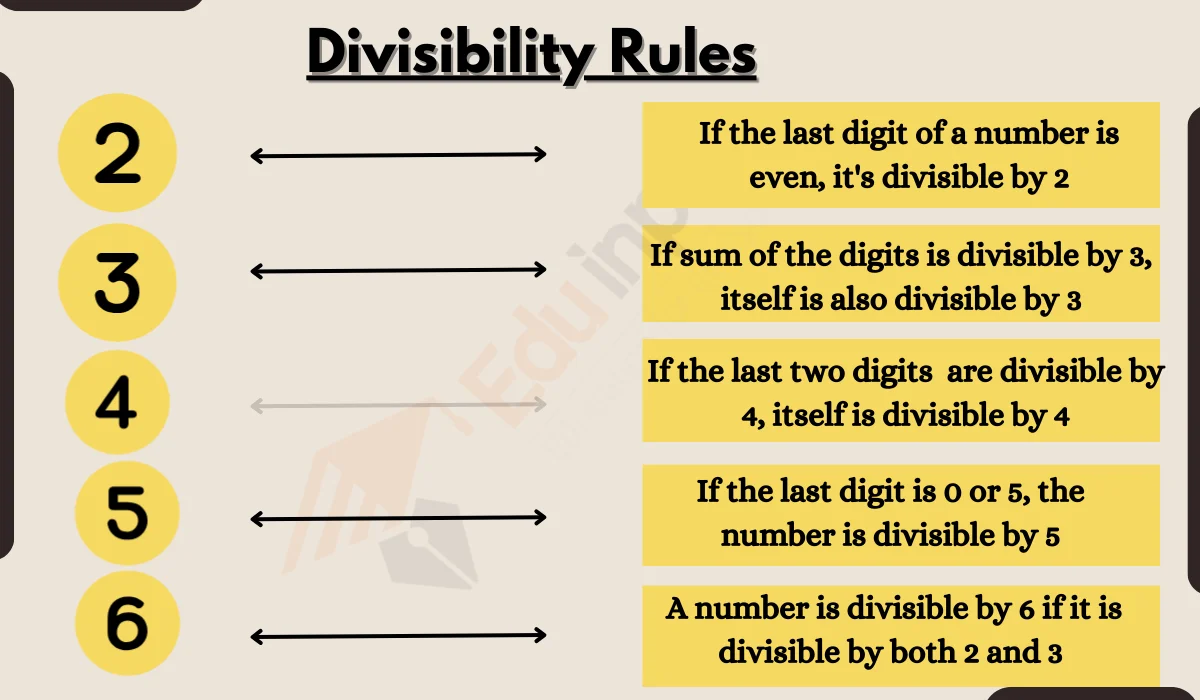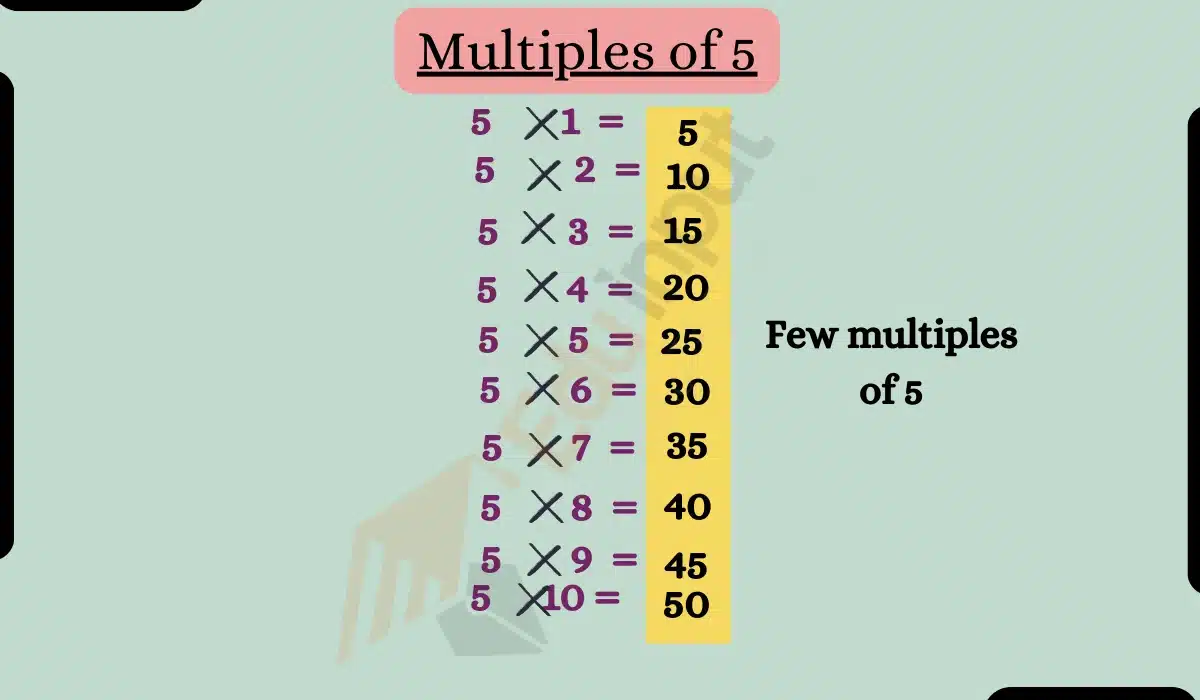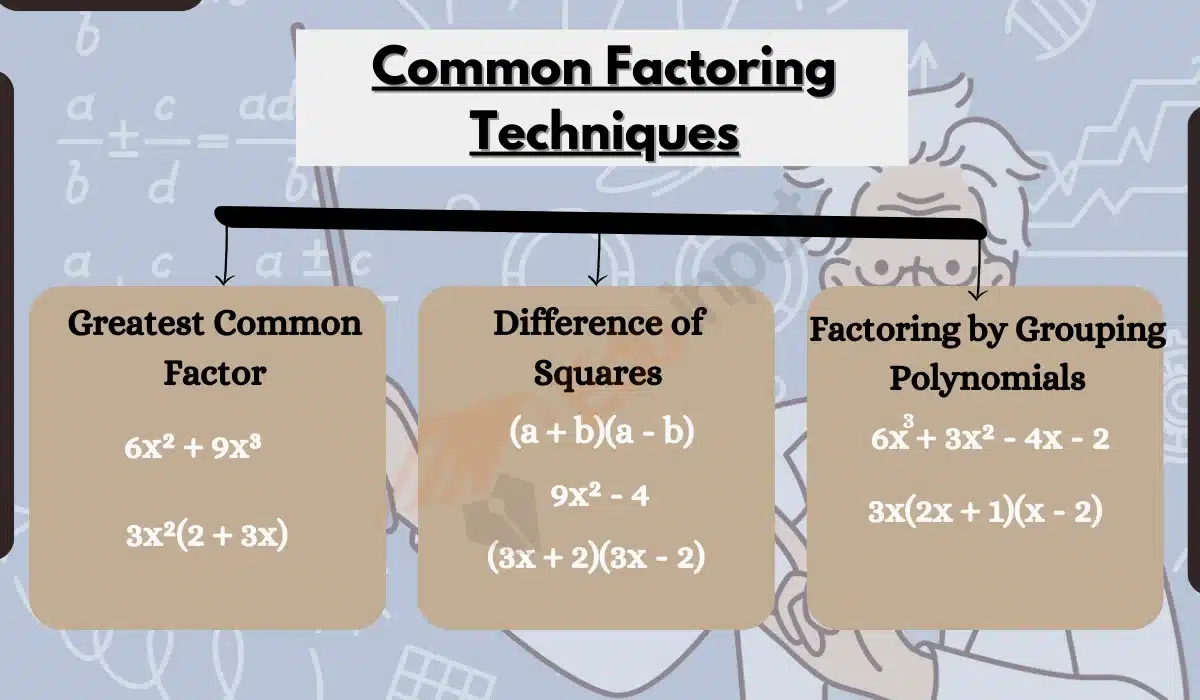What is Prime Factorization Mean in Math?
Prime factorization is a method of expressing a number as a product of its prime factors. A number that has exactly two factors, 1, and the number itself is a prime number. For example, if we consider the number 42. We know that 42 = 6 × 7, but 6 is not a prime number. The number 6 can be factorized as 2× 3, where 2 and 3 are prime numbers.
The prime factorization of number 42 = 2× 3 × 7, where all the factors are prime numbers.
In this article learn more about prime factorization with different mathematical problems followed by solved examples.
What is the Prime Factorization?
The way of writing a number as the product of prime numbers is said to be prime factorization. In other words, the process of breaking down a number into its prime numbers that help in forming the number when multiplied is called prime factorization. The numbers have only two factors, 1, and the number itself is called a prime number. Let 2, 3, 5, 7, 11, 13, 17, 19, and so on are examples of prime numbers. Prime factorization of any number means to indicate that number as a product of prime numbers.
For example, the prime factorization of 30 can be done in the following way

What are Prime Factors and Factors?
Factors of a number are the numbers that are multiplied to obtain the original number. For example, 6 and 5 are the factors of 30, i.e., 5 × 6 = 30, whereas, prime factors of a number are the prime numbers that are multiplied to obtain the original number. For example: 2, 3, and 5 are the prime factors of 30, i.e., 2 × 3× 5 = 30.
Method of Prime factorization
There are different ways for the prime factorization of a number. Used for prime factorization the most common methods are given below:
- Prime factorization by factor tree method
- Prime factorization by division method
Prime Factorization of a Number
See the prime factorization for a few numbers
| Number | Prime factorization |
| 24 | 23 × 3 |
| 72 | 23 × 32 |
| 48 | 24 × 3 |
| 36 | 22 × 32 |







Leave a Reply